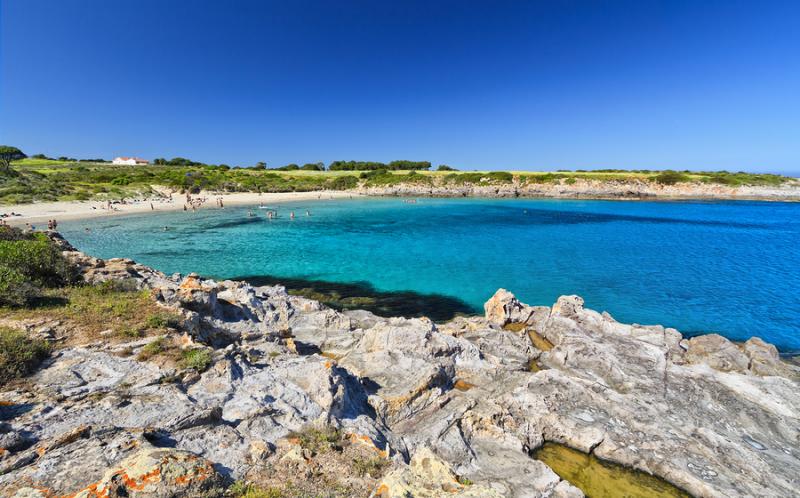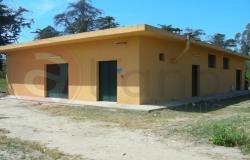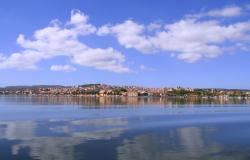The island of San Pietro, off the southwestern coast of Sardinia, opposite the coast of Sulcis, is the sixth largest island in Italy. In its 51 square kilometers, it comprises just one town, Carloforte, and many spectacular coves and inlets, where cliffs plunge into the sea.
The island is of volcanic origin, with a hilly interior, but visitors come mostly for the sea (and the cuisine). Punta delle Colonne is announced by two faraglioni (sea stacks), guarding the entrance to the San Pietro canal, lashed by winds and storms and partly collapsed. They are also visible from the path that leads to Bobba beach, a natural inlet that takes its name from a traditional Carloforte dish.
One of the largest coves is the Caletta, fine white sand, ideal for children and for divers who appreciate the crystal clear waters. With rocks plunging into the water, Mezzaluna Bay is especially spectacular. Cala Vinagra, with its turquoise waters, is reachable only on foot.
From a junction in the road leading to Italy's most westerly lighthouse, you reach Becco, the mine where manganese was extracted until 1977; there, you can enjoy the view amid silence and isolation.
In the salt marshes, you can see flamingos, black-winged stilts, little terns and egrets.
The peculiarity of San Pietro is that most of its inhabitants are descendants of the Ligurian coral fishers from Pegli who migrated here in the 18th century, dedicating themselves to collect coral, produce salt and catch tuna. Since then, the local community has fiercely maintained the dialect (tabarchino, a Genoese dialect), customs and traditions, establishing a corner of Liguria in Sardinia.
Near the old salt mine, the promenade leads to Carloforte, where you can stroll its alleys, which the locals call ‘carruggi’ in memory of Genoa. On one side is the harbor, on the other the town with the statue of Charles Emmanuel III of Savoy, who, in 1738, donated the island to the Pegli migrants, and the church of San Carlo Borromeo.
Being on the route of the bluefin tuna, the island has focused its economy on tuna fishing and processing for centuries. The cuisine is based on tuna, of which it uses all cuts, including entrails, combined with the Ligurian gastronomic tradition of focaccia and ‘a panissa di ceci (chickpeas).







